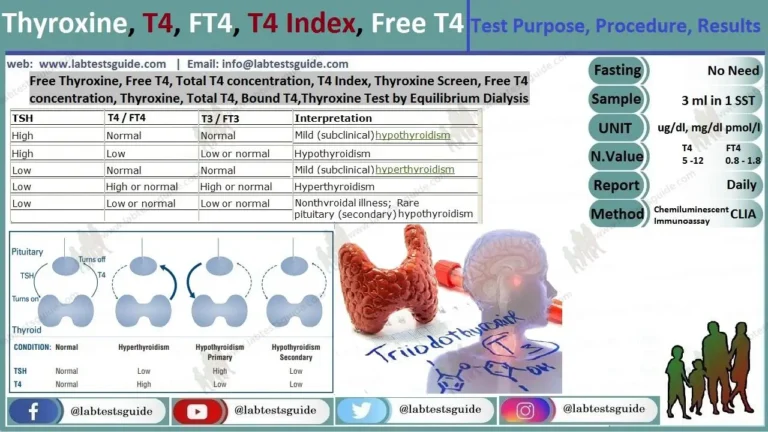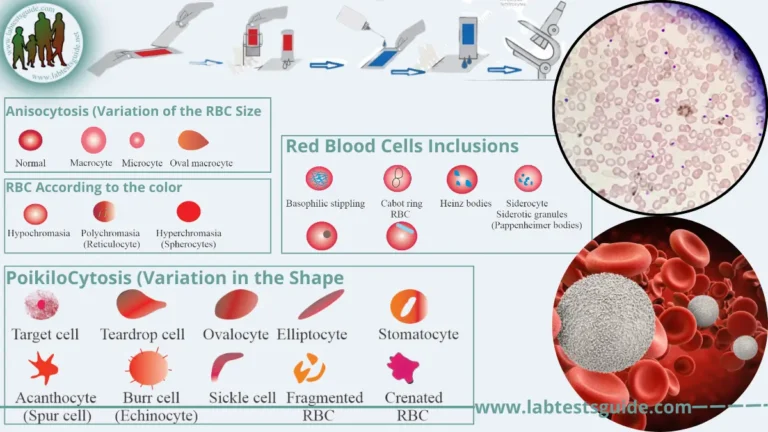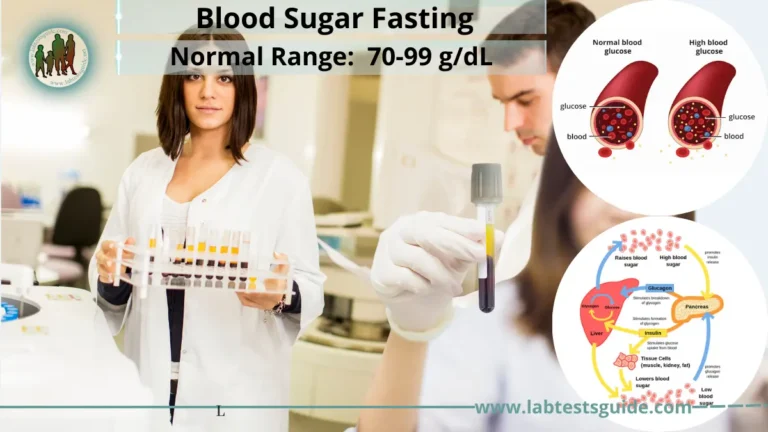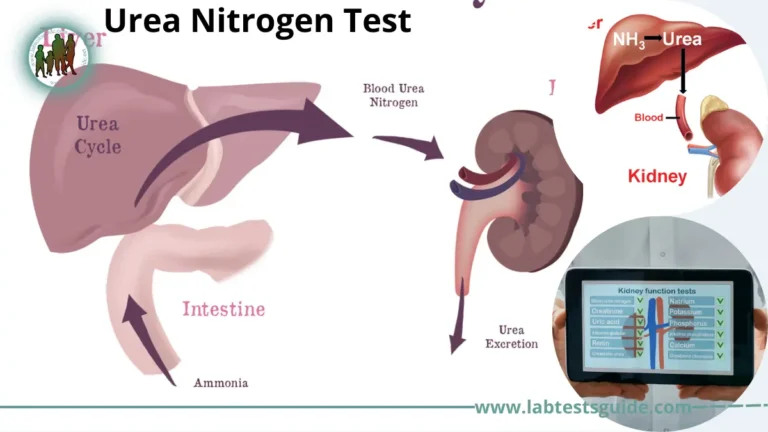Factor V deficiency is also known as Owren’s disease or parahemophilia. It’s a rare bleeding disorder that results in poor clotting after an injury or surgery. Factor V deficiency shouldn’t be confused with factor V Leiden mutation, a much more common condition that causes excessive blood clotting.
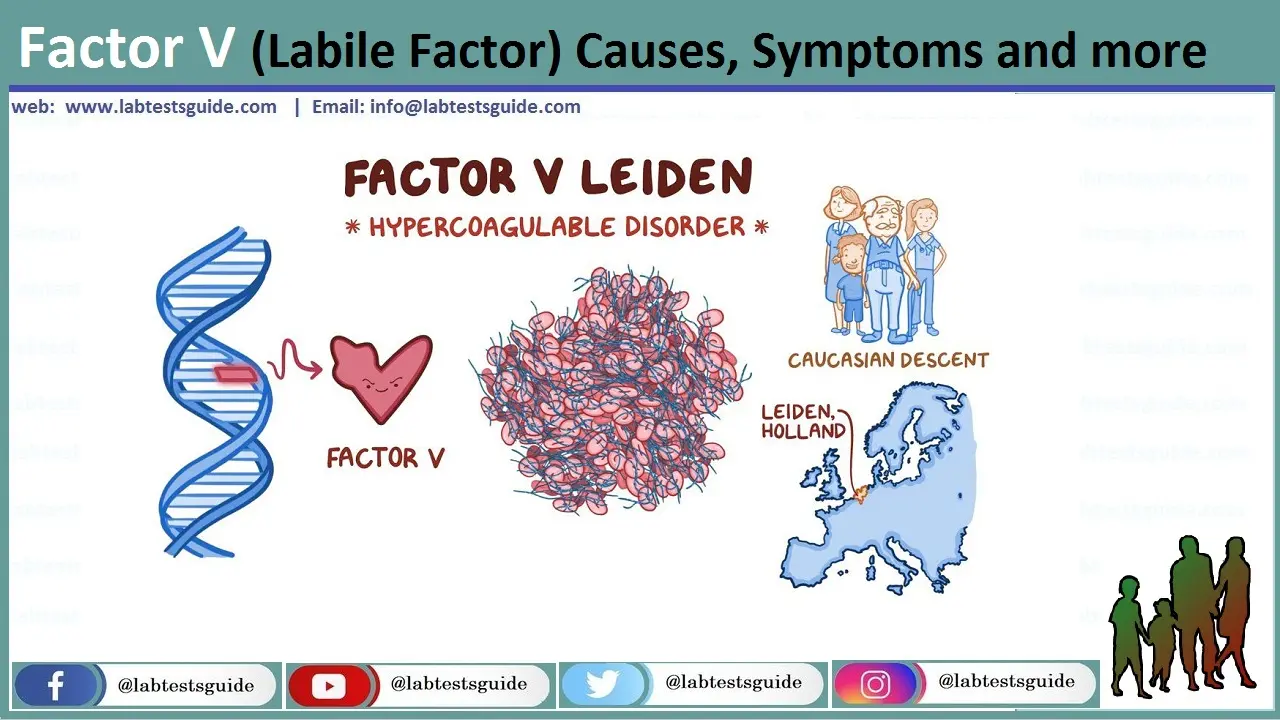
Also Known as: Coagulation Fators, Factor Assays, Blood Clotting Factors, Clotting Factors, Factor I, Factor II, Factor III,Factor IV, Factor V, Factor VI, Factor VII, Factor VIII, Factor IX, Factor X, Factor XI, Factor XII,Factor XIII
Related Tests: Prothrombin Time (PT), Partial Thromboplastin Time (PTT), Fibrinogen, Activated Partial Thromboplastin Time (APTT)
Why Get Tested:
- To measure the coagulation factor concentration in the blood.
- To find the inherited or acquired bleeding disorders.
- If there is a history of bruises or excessive bleeding.
- If there are prolonged PT or PTT.
- Acquired conditions like Vit. K deficiency or liver disease.
- Maybe advised to monitor the treatment of a patient with factor deficiency.
When to get Tested:
- When you have unexplained or prolonged bleeding
- When you have abnormal coagulation screening tests, such as prothrombin time (PT) or partial thromboplastin time (PTT)
- When you have a family member with a hereditary coagulation factor deficiency
- You may have a test when your healthcare professional wants to control the severity of a factor deficiency and / or the effectiveness of the treatment.
Sample Required:
- The plasma is needed, take 5 ml of venous blood and add sodium citrate as the anticoagulant.
- Perform the assay immediately or as soon as possible.
- For factors II, V, VII, and X, place the citrated plasma on ice immediately, and the sample is stable for 2 hours.
- Freeze if it is delayed >2 hours.
Test Preparation Needed
No need any Preparation for this sample.
Symptoms of factor V Deficiency?
The symptoms of factor V deficiency vary depending on the amount of factor V available to the body. The levels necessary to cause symptoms depend upon the individual. A certain level that may cause bleeding in one person may not clause bleeding in another person.
In cases of severe factor V deficiency, the symptoms often include:
- Abnormal bleeding after giving birth, having surgery, or being injured
- Abnormal bleeding under the skin
- Umbilical cord bleeding at birth
- Dosebleeds
- Bleeding gums
- Easy bruising
- Heavy or prolonged menstrual periods
- Bleeding within organs like the lungs or intestinal tract
Causes Factor V Deficiency?
Factor V deficiency may be inherited or acquired after birth.
Hereditary factor V deficiency is rare. It’s caused by a recessive gene, which means that you have to inherit the gene from both of your parents in order to show symptoms. This form occurs in about 1 in 1 million people.
Acquired factor V deficiency may be caused by certain medications, underlying medical conditions, or an autoimmune reaction.
Conditions that might affect factor V include:
- Disseminated intravascular coagulation (DIC), which is a condition that causes small blood clots and excessive bleeding due to overactive clotting proteins
- Liver diseases, such as cirrhosis
- Secondary fibrinolysis, which occurs when clots tend to break down due to medications or health conditions
- Autoimmune diseases, such as lupus
- Spontaneous autoimmune reactions after surgery or childbirth
- Certain types of cancer
List of factors:
The table lists 13 of 20 different coagulation factors involved in the coagulation cascade that are vital to normal blood clotting.
| Coagulation Factor | Other Common Name |
|---|---|
| Factor I | Fibrinogen |
| Facto II | Prothrombin |
| Factor III | Tissue factor or thromboplastin |
| Factor IV | Calcium |
| Factor V | Proaccelerin (Labile factor) |
| Factor VI | Unassigned – old name of Factor Va |
| Factor VII | Proconvertin (Stable factor) |
| Factor VIII | Antihaemophilic factor A, Antihaemophilic globulin |
| Factor IX | Antihaemophilic factor B, Plasma thromboplastin component, Christmas factor |
| Factor X | Stuart-Prower factor |
| Factor XI | Plasma thromboplastin antecedent, Haemophilia C, Rosenthal syndrome |
| Factor XII | Hageman factor |
| Factor XIII | Fibrin stabilising factor, Laki-Lorand factor |
Normal Values:
| Factors | Normal Values |
|---|---|
| Factor I (Fibrinogen) | Adult = 200 to 400 mg/dLNewborn = 125 to 300 mg/dL |
| Factor II (Prothrombin) | 10 to 15 mg/dL |
| Factor III (Thromboplastin) | |
| Factor IV (Ionized calcium) | 4.60 to 5.08 mg/dL |
| Factor V (Labile Factor) | 5 to 10 mg/dL |
| Factor VI | Not existing |
| Factor VII (Stable factor) | 5 to 20 mg/dL |
| Factor VIII (Antihemophilic factor) | 30 mg/dL |
| Factor IX (Christmas factor) | 30 mg/dL |
| Factor X (Stuart factor) | 8 to 10 mg/dL |
| Factor XI (Plasma thromboplastin) | 25 mg/dL |
| Factor XII (Hageman factor) | |
| Factor XIII (Fibrin-stabilizing factor) | |
| Von Willebrand factor |
Diseases Leading To Coagulation Factor Deficiency:
| Disease | Factor deficiency |
|---|---|
| Disseminated intravascular coagulopathy | I, V, VIII |
| Liver diseases | I, II, V, VII, IX, X, XI |
| Autoimmune diseases | VIII |
| Congenital deficiency | I, II, V, VII, VIII, IX, X, XI, XII |
| Vit K deficiency | II, VII, IX, X, XI |
| Heparin therapy | II |
| Warfarin therapy | II, VII, IX, X, XI |
| Fibrinolysis | I, V, VIII |
Possible References Used


